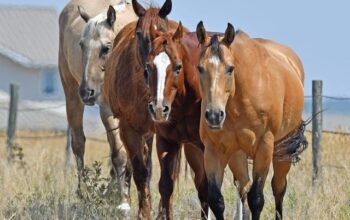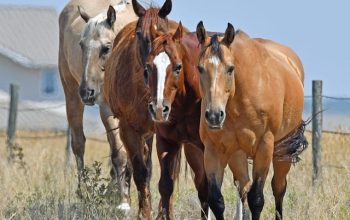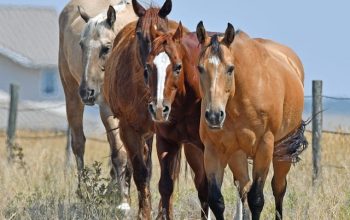When planning a farm fence in Ontario, consider practical and aesthetic purposes, map out the route, choose durable materials compliant with local by-laws, and select suitable fence types (wooden, vinyl, or metal) based on climate needs. Regular maintenance, including inspections and weather protection, ensures fences last longer while enhancing farm aesthetics.
Building a sturdy farm fence is essential for any Ontario agricultural operation. This comprehensive guide details five key steps to ensure your investment lasts, from initial planning and design considerations tailored to Ontario’s climate to choosing the right materials. We’ll walk you through the installation process, step by step, emphasizing best practices for strength and durability. Finally, learn about maintenance tips that will keep your farm fence looking great and performing well for years to come, enhancing your overall farming experience.
Planning and Design Considerations for Farm Fences
When planning a farm fence, it’s crucial to consider both practical and aesthetic aspects. Ontario’s diverse landscapes offer unique challenges and opportunities for design. First, define your fencing purpose – whether for livestock containment, property boundary marking, or visual appeal. This will dictate material choices and layout. For instance, post-and-rail fences are ideal for containing animals, while hedgerows or decorative metal work may enhance the farm’s curb appeal.
Next, map out your fence route, taking into account topography, water bodies, and existing vegetation. Consider accessibility for maintenance and future expansion. Ontario’s climate also plays a role; durable materials like treated wood, steel, or vinyl are suitable options that can withstand varying weather conditions. Remember to adhere to local by-laws and regulations regarding fencing heights, spacing, and materials, ensuring your farm fence is both functional and legally compliant.
Choosing the Right Fence Material for Ontario's Climate
When building a farm fence in Ontario, selecting the appropriate material is key to ensuring durability and longevity. The harsh Canadian climate, with its cold winters and warm summers, requires robust fencing that can withstand varying conditions. Wooden posts and rails are a popular choice for farms due to their strength and aesthetic appeal. Treated wood, like cedar, is an excellent option as it’s resistant to rot and decay, crucial factors in Ontario’s humid environment. Alternatively, vinyl fencing offers low-maintenance benefits and excellent cold resistance, making it suitable for long-term use.
Consider the farm’s specific needs and preferences when deciding. A fence that can handle snow and ice in winter while providing protection from strong winds is essential. Additionally, choosing materials that are easy to install and maintain can save time and money in the long run, contributing to a more efficient farm management strategy.
Installation Process: Steps to Ensure a Strong and Durable Fence
Maintenance Tips for Longevity and Aesthetics of Your Farm Fence
Regular maintenance is key to keeping your farm fence in top condition, ensuring both its longevity and aesthetic appeal. Start by inspecting the fence regularly for any signs of damage, such as broken posts, loose panels, or worn-out hardware. Promptly addressing these issues will prevent minor problems from escalating.
Cleaning and sealing the fence are essential steps to protect it from the elements. Remove any debris, vegetation, or rust with a pressure washer, then apply a suitable sealant or paint to shield the fence from weather damage. This simple routine maintenance can significantly extend the life of your farm fence while keeping it looking its best.
Building a farm fence in Ontario is a significant investment that requires careful planning, durable materials, and regular maintenance. By following these five steps—from thoughtful design considerations and material selection to installation best practices and routine upkeep—you’ll create a strong, aesthetically pleasing fence that protects your farmland for years to come. Whether you’re constructing a new barrier or replacing an old one, this guide provides the essential framework for successful farm fencing in Ontario.




